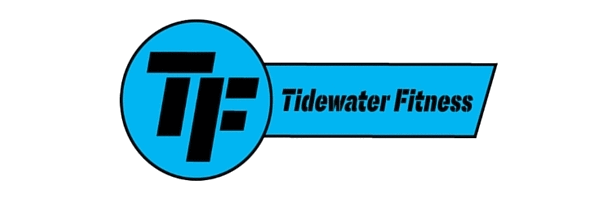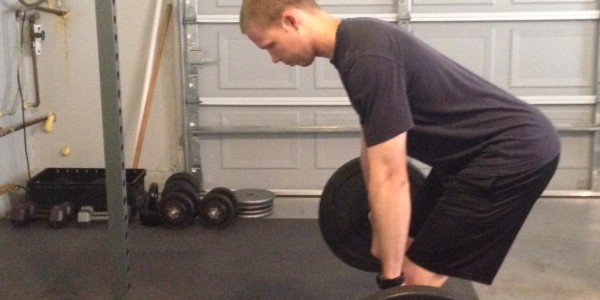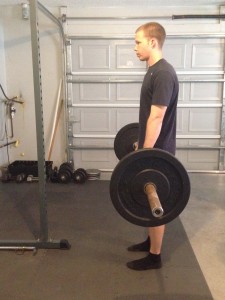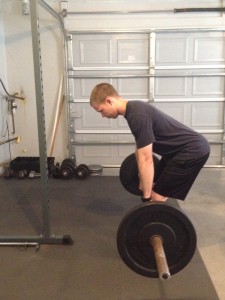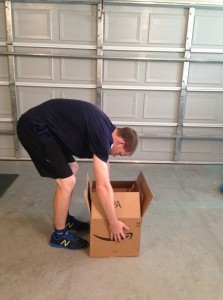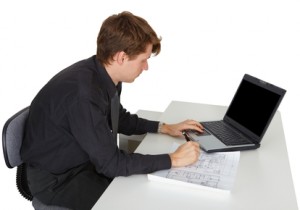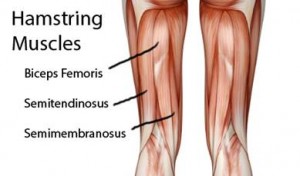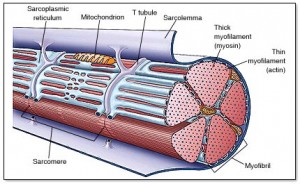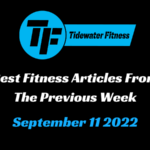Sounds like a torture device, right? Actually the Romanian Deadlift (RDL) is a fantastic exercise, and one I want to talk about a little more in depth today.
Often, when you walk into a gym, most squat racks are empty. Except for the guys blasting out curls. This is the norm unfortunately.
Many people do not dedicate time towards leg exercises, and this is one the biggest mistakes you can make. From a fat loss perspective, the legs are the key.
Your legs house most of your muscle mass, so when you use them you burn more calories. This provides a far better stimulus for fat loss, than training the upper body alone.
While this is an excellent benefit of the RDL, I want to highlight two more in particular. These are especially important in our society as most people sit for 6+ hours in a day.
Before we get into that, I want to first show you how to perform the RDL correctly.
a. The first step is to grab the bar, where the hands are positioned outside the thighs. You want your body to be tall and straight once you have grabbed the bar.
b. Begin by pressing the hips backward and letting your chest move towards the ground. The bar will slide down your thighs. Keep the bar as close as possible to keep the low back safe.
c. Stop when you feel a pull in the back of the thighs. The back should remain flat.
d. Push your hips forward and stand tall. You should feel your back, glutes, and hamstrings all working to accomplish this task.
Now that you know how to properly and safely perform an RDL, let’s talk about why this exercise is so beneficial.
1. Works the posterior chain
The posterior chain refers to the entire musculature on the backside of your body. This is an neglected part of the body, because many of us spend most of the day sitting.
When we sit, our backside doesn’t move. It doesn’t do anything. Overtime this can cause a loss of muscle mass in this area.
This is a problem, because those muscles become weak. When they become weak, they do not do their job as well. When this happens, other muscles have to pick up their slack. And pain is often the result.
Imagine you and a friend are carrying a lot of heavy boxes up a flight of stairs. You decide to split the work. For every box you carry, your friend carries one.
After a few trips, your friend gets tired, so you decide to carry two boxes for every one he carries.
Now, imagine doing this over and over and over again. Since you are doing more work, don’t you think you would get fatigued faster? Unfortunately when you fatigue, your lifting technique to pick up each box becomes compromised.
As you continue, you being to feel pain in your lower back. Why? Because with each box you lift, you begin to use your low back instead of your hips. You sacrifice form, for ease of picking up the box.
Essentially, this is what can happen to our muscles when we spend each day hunched over. That is why the RDL is a must. It works the upper back, lower back, glutes and hamstrings. All of these muscles are big players in posture and a pain free body.
2. Can improve hip mobility
I have talked about why hip mobility is so important. You can read about it here.
The basic premise is, when you lose the ability to separate your hips effectively, another part of your body has to compensate to allow you to do this. Are you seeing a common theme here?
Usually the low back volunteers, which results in pain. Many of my clients that complain of back pain have very poor hip mobility. Simply making their hips more mobile can provide a lot of relief.
There could be many things that limit hip mobility but for the sake of this article let’s say its short hamstrings. These are the muscles that attach to the hip and knee. They are one of the primary determinants of mobility.
So, how can the RDL improve hip mobility? I’m glad you asked!
The answer lies in the eccentric component. An eccentric contraction is when a muscle lengthens. For the RDL, this would be the portion of the lift where you lower the bar towards the ground.
This was shown in a study that looked at the effects of eccentric training and static stretching on flexibility of the hamstrings and quadriceps (1). The authors found that eccentric training increased flexibility 25% more than static stretching.
During the lowering phase of the RDL, the hamstrings are lengthened. This causes small tears in the muscle. In order to heal, the muscles add sarcomeres. Sarcomeres are the part of the muscle that shorten and lengthen in order for it to contract.
The addition of these new sarcomeres can increase the length of the hamstrings, thus improving your hip mobility.
******
As I mentioned, lower body training is often neglected. It’s hard, which is why many do not want to do it. You need to do it though.
The RDL is a great place to start. There are a lot of benefits to this one exercise, making it a great bang for your buck.
With the amount of sitting we do (myself included) this exercise is must to combat the problem. Begin by performing 3-4 sets of 6-10 repetitions 1-2 times each week. In a short time, you will start to notice better posture and less pain.
If you are looking for a personal trainer in Savannah, contact me to set up a consultation.
And if you found any of this information helpful, or know of someone it could help please share with others!
References:
1) O’Sullivan, K., et al. The effects of eccentric training on lower limb flexibility. Brit J Sport Med. 2012.
